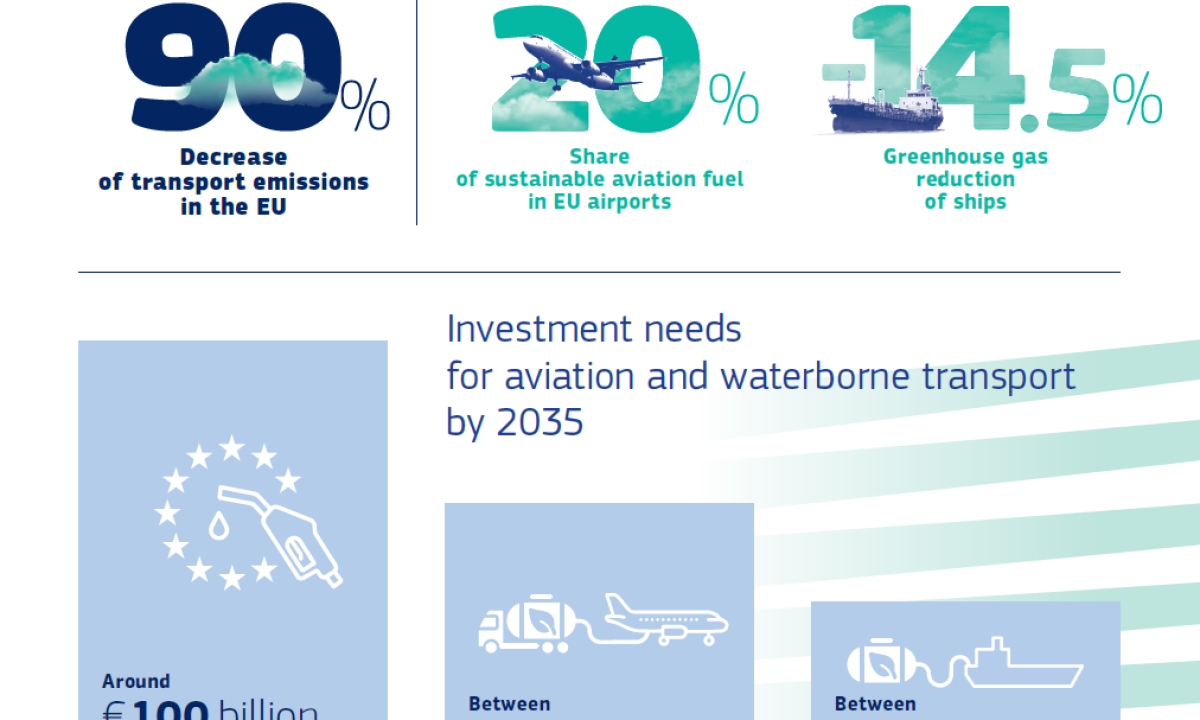5th December 2023
EBA Statistical Report reveals 20% increase in biomethane production in Europe

Biomethane production in Europe grew by almost 20% in 2022 compared to the previous year, according to data from the new edition of the EBA Statistical Report launched today. Meanwhile, the EU dependency on natural gas imports went from 83% in 2021 to 97% in 2022.
“With gas import dependency on the rise together with the pressing climate emergencies, sustainable biogases production in Europe is of strategic importance: each Euro invested in biogases will remain in the European economy and provide an additional value of 50% before 2030 that will also stay within our economy:” says Harmen Dekker, EBA’s CEO.
Europe’s biogases production (combined biogas and biomethane) in 2022 amounted to 21 bcm. This is more than Poland’s entire inland natural gas demand and represents 6% of the EU’s natural gas consumption in 2022. Biomethane production alone grew from 3.5 bcm in 2021 to 4.2 bcm in 2022. In the case of Denmark, the share of biomethane in the gas grid was close to 40% and there are plans to increase this production to substitute 100% of the gas demand before 2030.
The versatility of biomethane as a renewable energy source is reflected in its balanced distribution pattern across end-uses, all in urgent need for decarbonisation: 22% was used for buildings in 2022, whereas a further 14% was used in industry, 19% for transport and 15% for power generation.
“It is imperative to think how to clear out our dependence on fossil fuels and energy imports by accelerating deployment of renewable energies made in Europe, rather than locking in other dependencies:” reminds Giulia Cancian, EBA’s Secretary General.
Europe’s reliance on imports poses risks also for food security, due to our dependence on imported chemical fertilisers. According to EBA data, Europe produced 31 Mt (DM) of digestate in 2022 and could already cover 15% of EU nitrogen-based fertilisers demand1. This could save 10 Mt CO2 equivalent and 2 bcm of natural gas consumption.
“Reaching the 35 bcm of biomethane production requires a sustained annual growth rate of around 30% in biomethane production capacity:” explains to Mieke Decorte, EBA’s Technical and Project Manager. “Such a level of growth is achievable, but needs to be supported by optimal market conditions. Coherent planning of biomethane potential and faster permissions processes are the first steps to encouraging market and project developers to operate at a significantly faster pace.”
For more information contact the European Biogas Association
1 Assuming an EU-27 N-fertiliser demand of around 11 Mt/year



